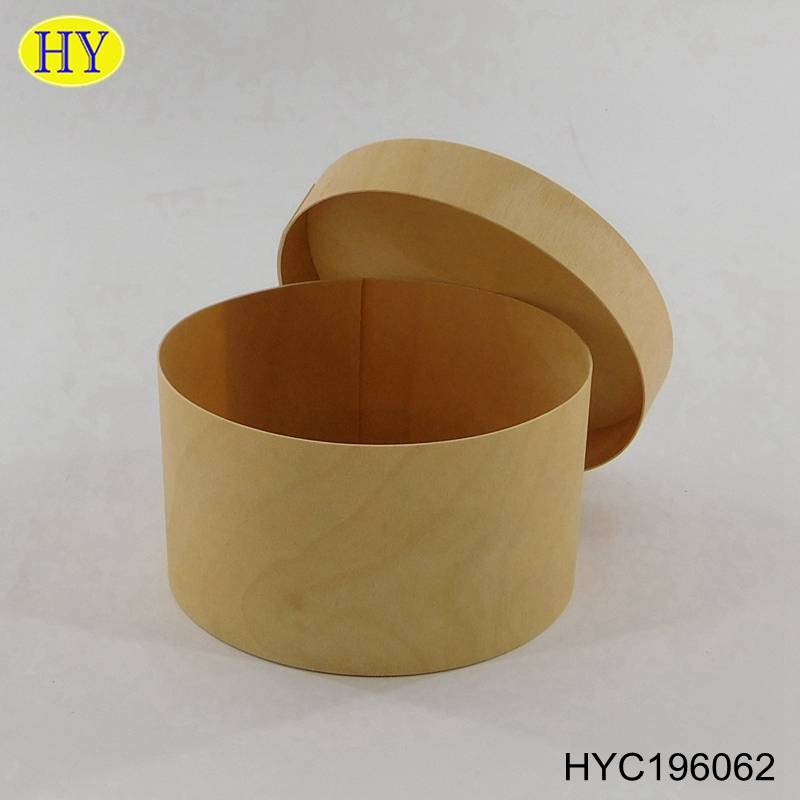Get 4 Weeks of Farm and Dairy Home DeliveredSign Up for your FREE Trial
Cold frames are miniature greenhouses that extend the growing season by protecting garden plants from cold weather and frost. They can be utilized in late fall to continue growing root vegetables, leafy greens and herbs into early winter and early spring to squeeze in an early harvest. Wooden Jewelry Box

A cold frame can be as simple as a bottomless box with a transparent lid set over plants in your garden or as complex as a structure with a foundation to increase insulation underground. The choice is up to the gardener, but here in Ohio, the simpler version is probably sufficient. More complicated cold frames are built further north where winters are harsher and the growing season is shorter.
Before you settle on plans for building a cold frame, you need to decide how you’ll use it.
Cold frames can be built from a range of materials, including wood, plastic, concrete blocks and bricks. Most designs are simple wooden boxes with transparent, hinged lids. Well-made cold frames of this variety can be set in the garden, over early or late crops, or placed in a sunny location with well-draining soil.
The sides. The sides of a cold frame can be constructed with wood. Cedar, cypress, redwood and hemlock are reasonable low-budget wood options to build the sides of your cold frame and the frame for the lid. Avoid using wood that’s been treated with creosote or other chemical products if it’s positioned directly on the soil. Non-toxic paint can be applied to the exterior to protect it from the weather if you desire.
The lid. If you build a frame for the lid, you can cut a piece of plexiglass to fit it or cover it with clear plastic. Old windows and shower doors can also be used as lids for cold frames built to fit them. Keep in mind that thicker materials will provide more insulation. Add a hinge or build a sliding lid to provide ventilation on warm days.
Insulation. Even the plants most equipped to grow in cold weather can’t handle a hard freeze below 26 F. However, you can take steps to insulate your cold frame during colder weather by placing bags of dry material such as leaves or straw around the outside of your cold frame, putting weather stripping around the lid and covering the glass with a heavy blanket or canvas when cold weather is expected.
High-low thermometer. You want to maintain a temperature of 75 F inside your cold frame to encourage the optimum growth of most plants. When temperatures rise higher than that, you’ll need to prop the lid of your cold frame open to cool the internal temperature down. When temperatures drop, you’ll want to increase insulation around your cold frame. A high-low thermometer can help you monitor changes and improve the way you regulate the temperature.
Seeds can be sown in cold frames starting as early as the ground can be worked, typically sometime in March in northern climates. However, gardeners should still choose cold-hardy plant varieties. Cabbage, lettuce, spinach, kale, green onions, radishes, peas, broccoli and beets are all good options for planting early or late in a cold frame.
Remember to watch for big temperature changes, so you can adjust the internal temperature of your cold frame accordingly.
Up-to-date agriculture news in your inbox!
Save my name, email, and website in this browser for the next time I comment.
We are glad you have chosen to leave a comment. Please keep in mind that comments are moderated according to our comment policy.
It's a FREE weekly e-newsletter all about food. Sign Up Today!
We are always looking for more recipes to add to our site.
Farm and Agriculture News, Local Market Prices and Crop Reports, Columns and Commentary.
Hundreds of Auction Advertisements for Ohio, Pennsylvania and West Virginia.
Featuring Specialty Antique Auctions, Stores and Shows

wood flower press Hundreds of Classifieds, Autos & Real Estate Listings